
We welcomed new life here in the Mara this week, witnessing newborn animals finding their feet. A baby impala struggled to take its first steps, supported by its mother as she gently cleaned the amniotic fluid. After several failed attempts, the baby finally got the hang of walking after half an hour of practising. Later, we saw a very small giraffe surrounded by a protective tower of adults.
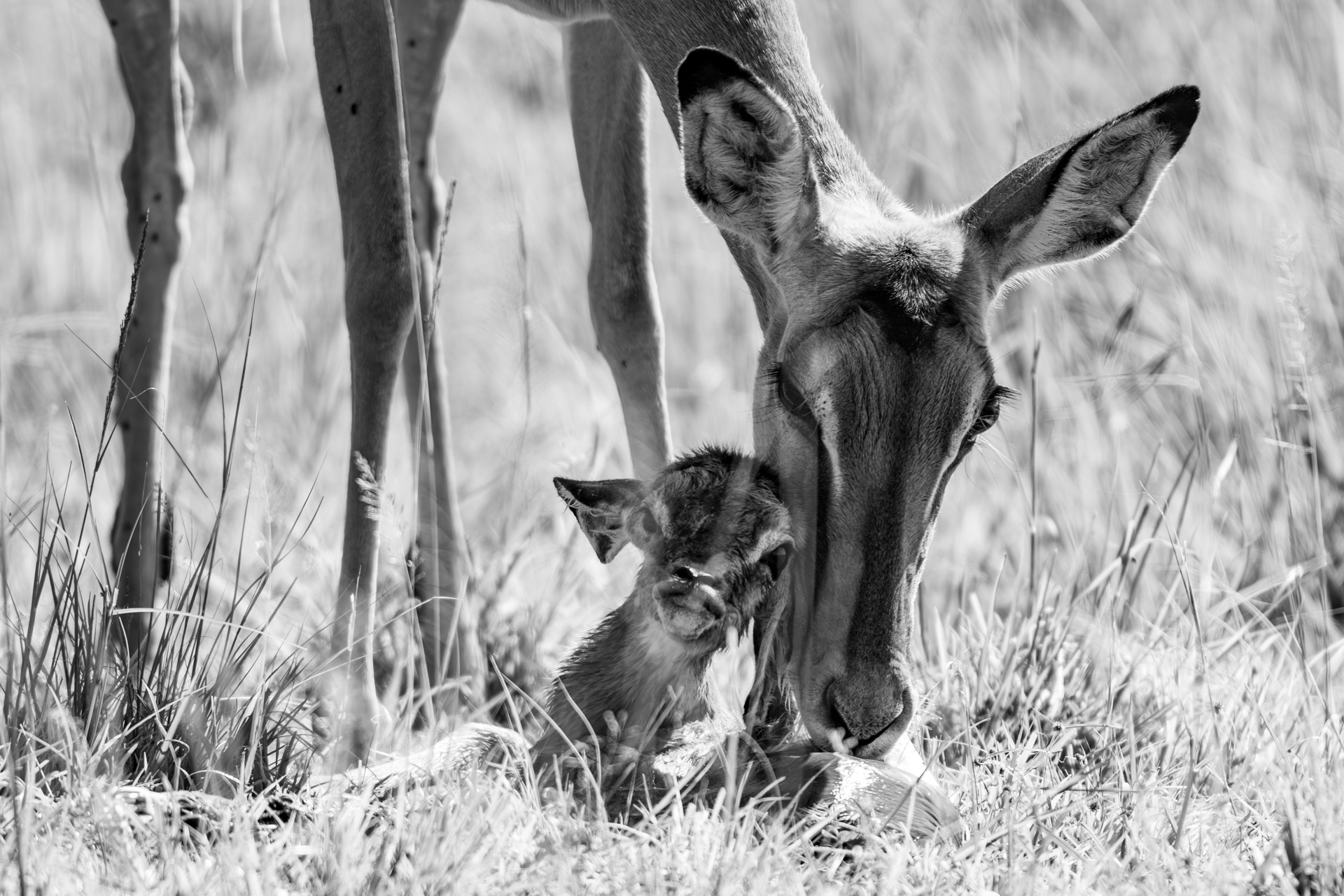
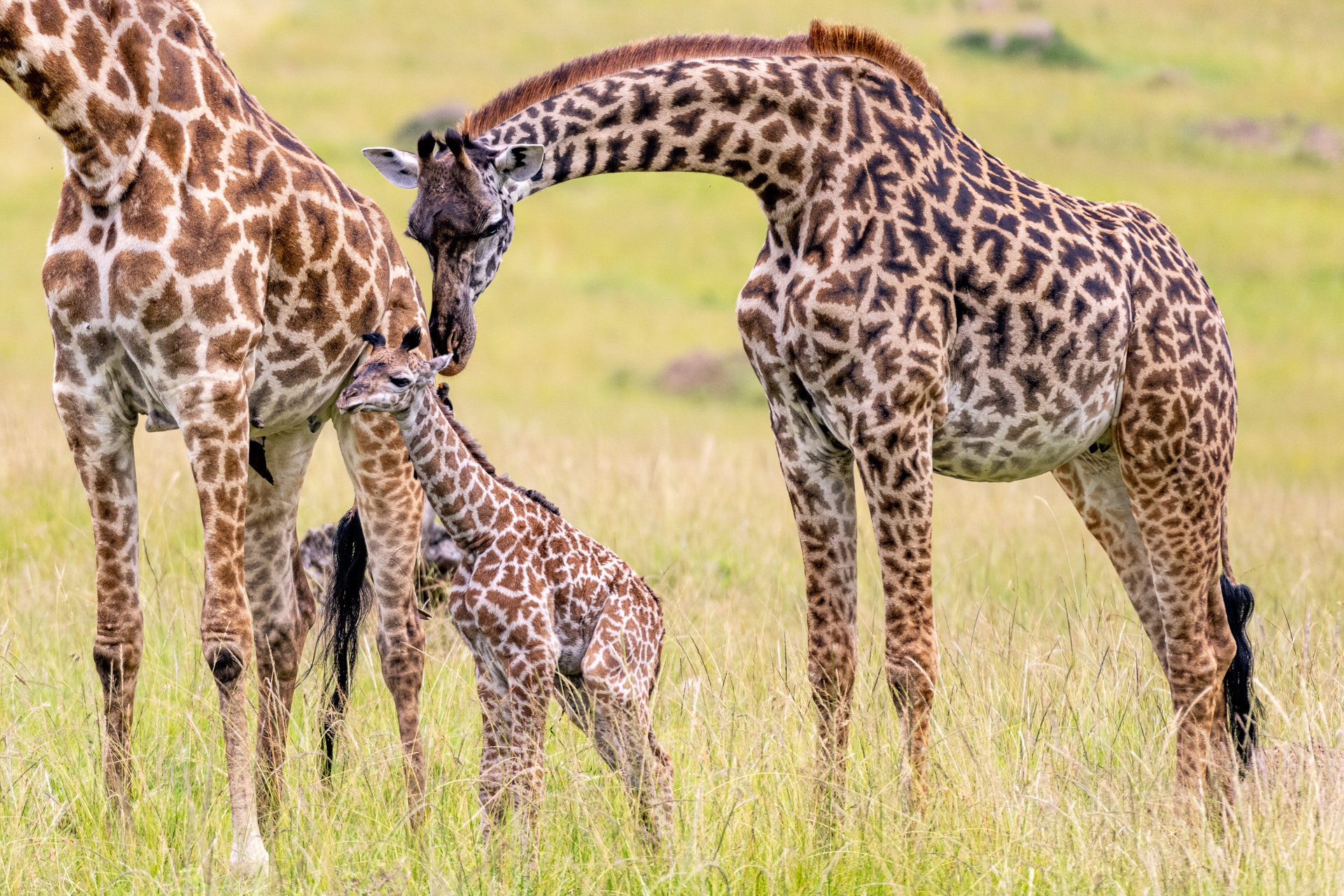
About one year ago we caught up with the Egyptian Pride, at the time, the one-year-old cubs were still very reliant on the pride, now they are all two years old and becoming a self-reliant coalition. We spotted them this week near the Tanzanian border in the same territory as the Nyati Six, (now five brothers). Later, guide Wilson ran into them not far from the Serena airstrip as they had brought down a buffalo — they are quickly becoming a team of skilled hunters out on their own.
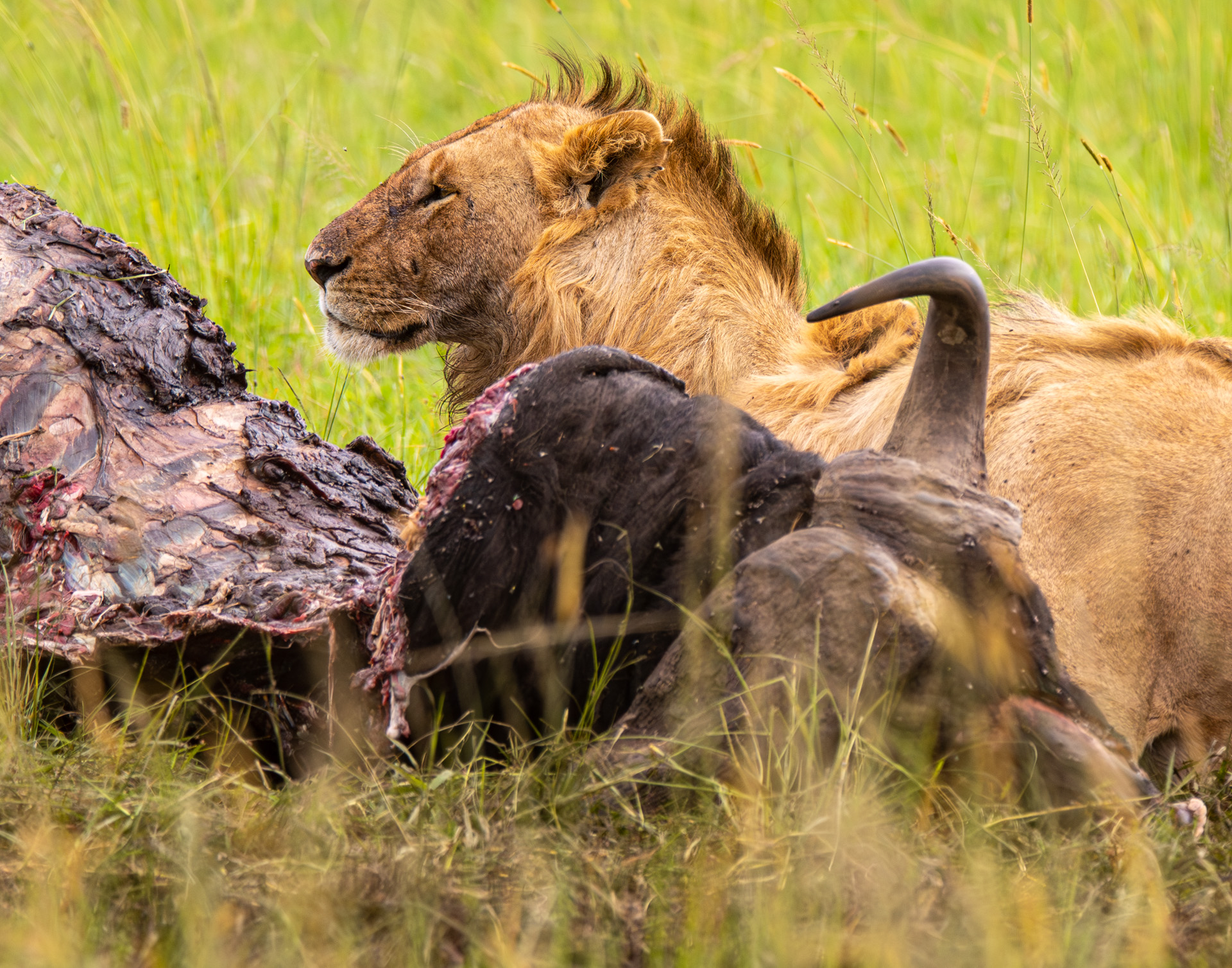
Near Serena, Wilson also saw a lone female cheetah from Tanzania that he suspected to be pregnant. The size of her stomach and her walk were signs of new life growing inside her. We are not familiar with her in the Triangle but are keen to see how her story develops. Cheetahs have one of the toughest existences in the Mara so the promise of new life is encouraging.
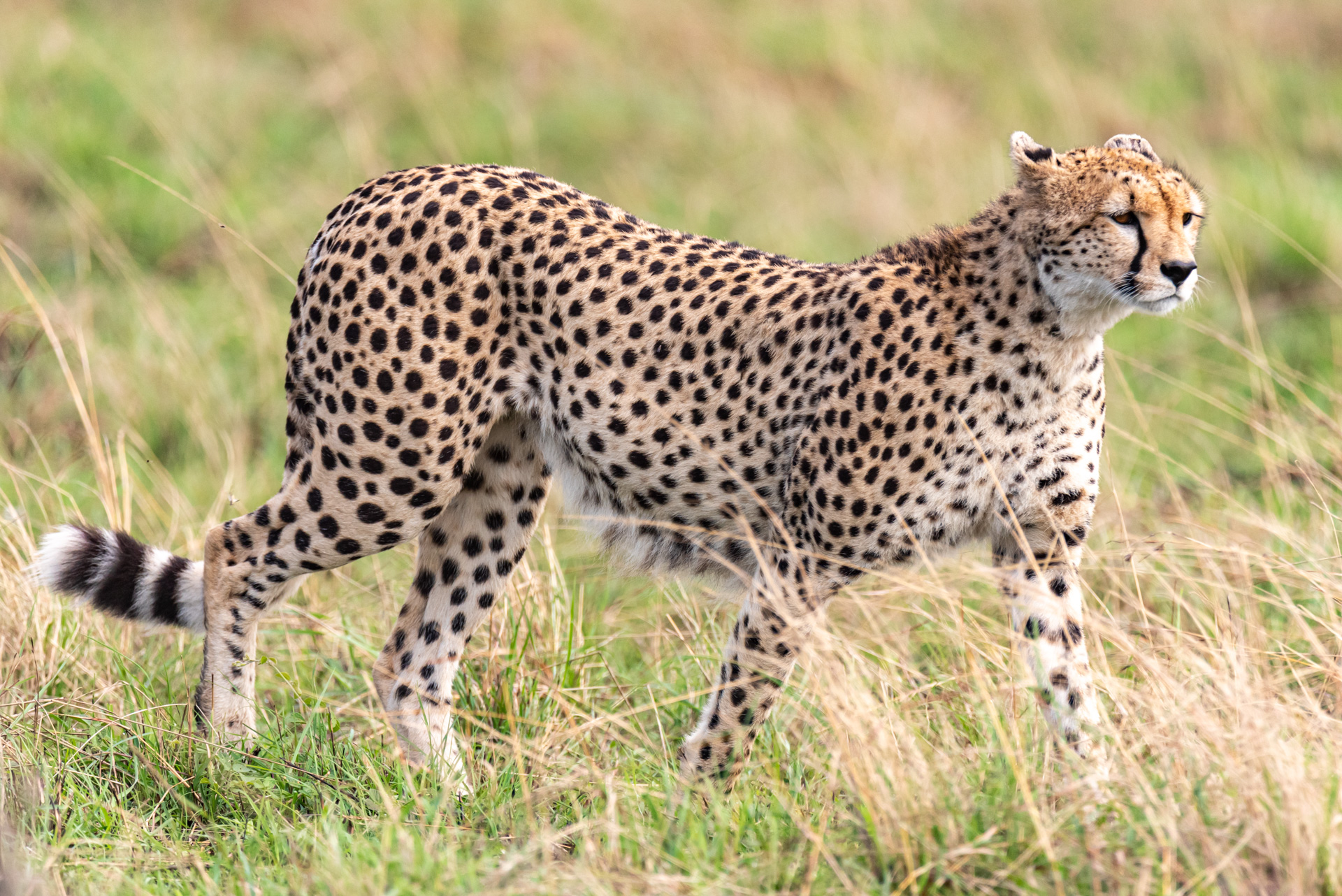
My colleague Sammy came across the Sausage Tree Pride with their new cubs which were joined by the Lamai males. We hadn't seen them for a while and were lucky to capture some shots of them as their territory is in a remote area along the escarpment with few roads on the way to a place called Kijito.


It was great to see the first-time cheetah mother Risasi and her two male cubs thriving. Despite having lost two of her four cubs, she is definitely succeeding at motherhood as she took down an impala and they were all able to feed together.
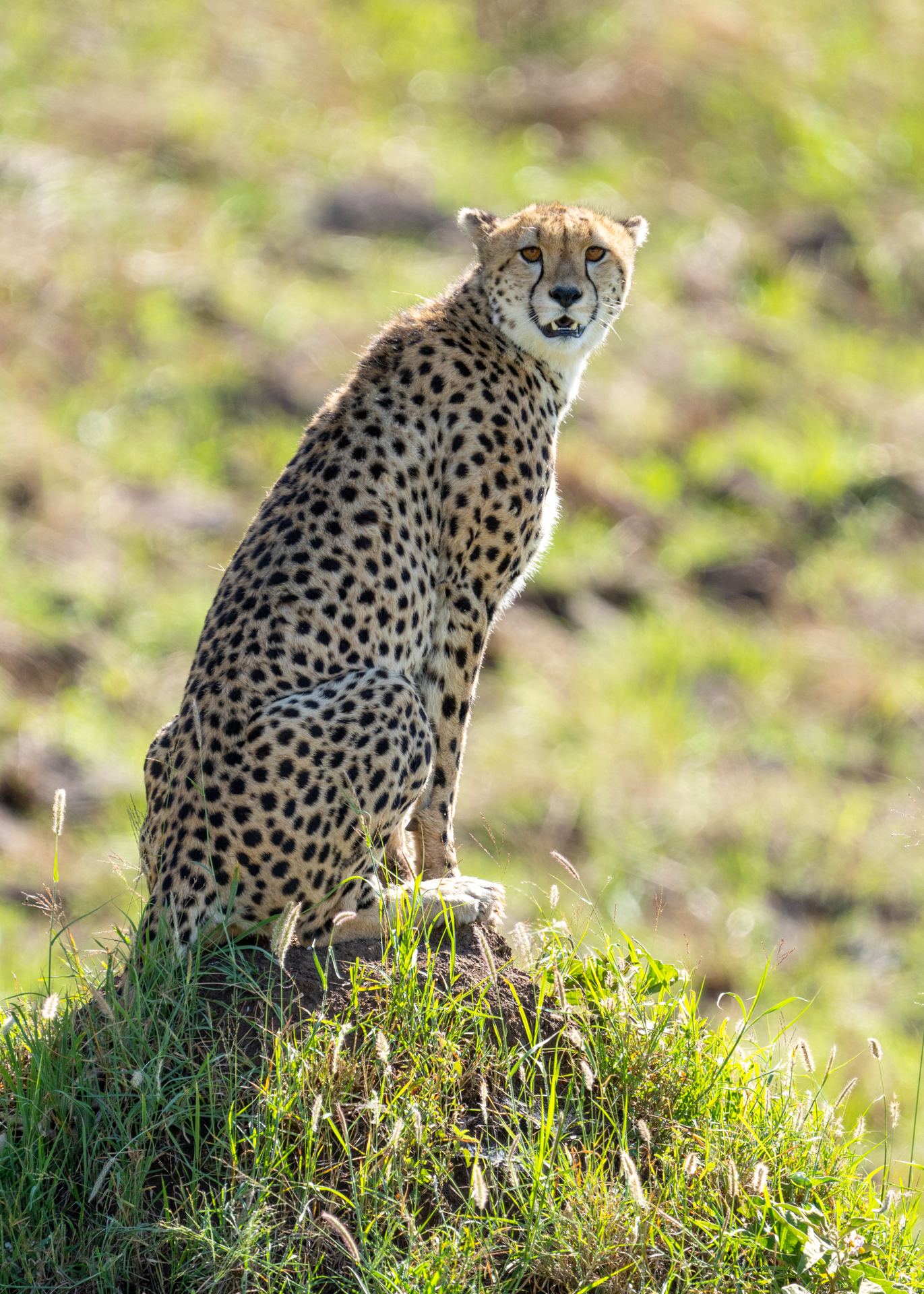
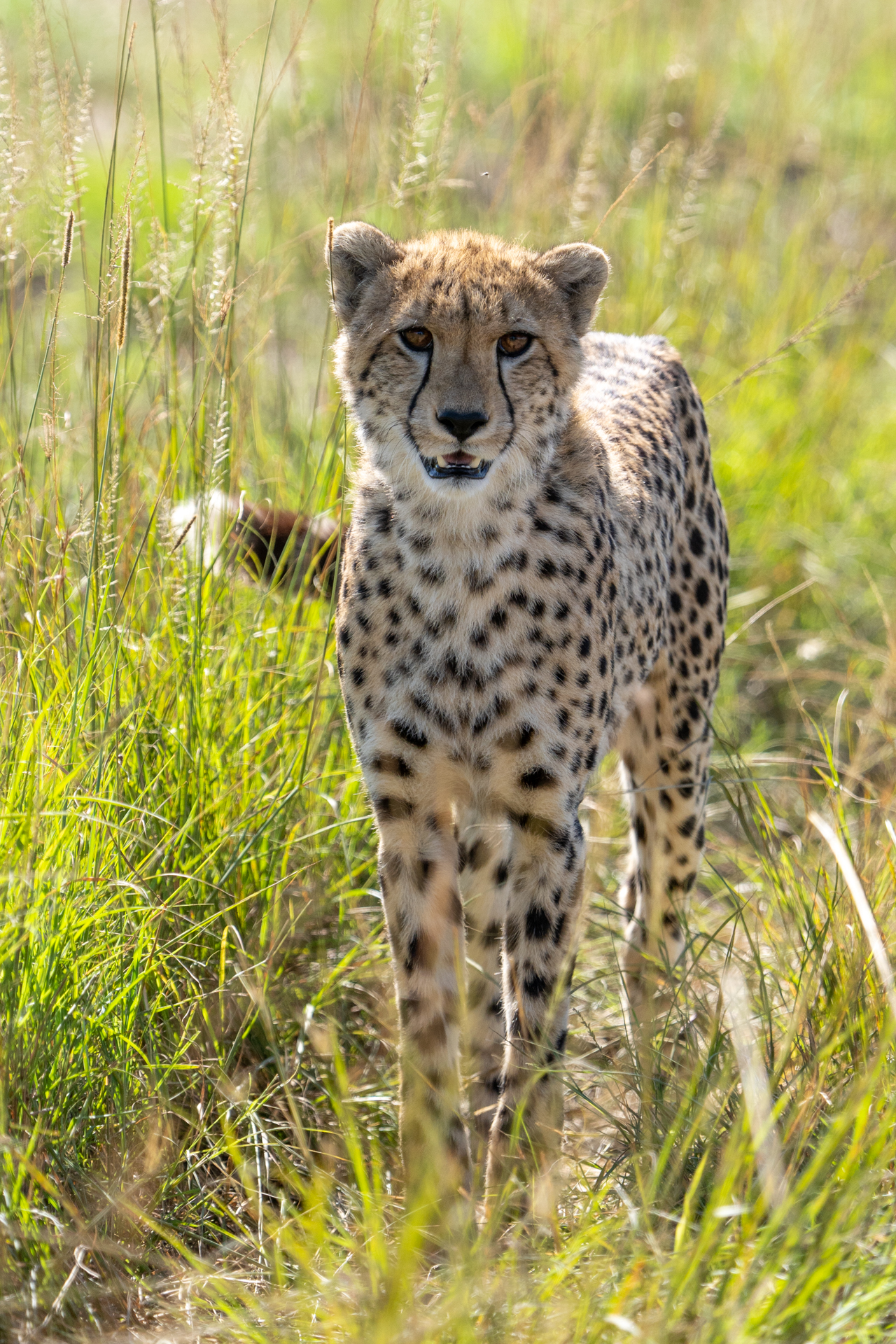
One of the most special characteristics of the Mara is the number of elephants roaming the land. Highly social animals that live in complex matriarchal societies, the family group is led by the matriarch, the oldest and most experienced female in the group. She is responsible for making decisions about where the group will go and what they will eat and also plays a key role in protecting the group from predators.
At times, it can be difficult to identify specific elephants but sometimes there are obvious characteristics that make certain animals unique like ear markings. The matriarch photographed below has tusks that protrude outward making her easily identifiable.

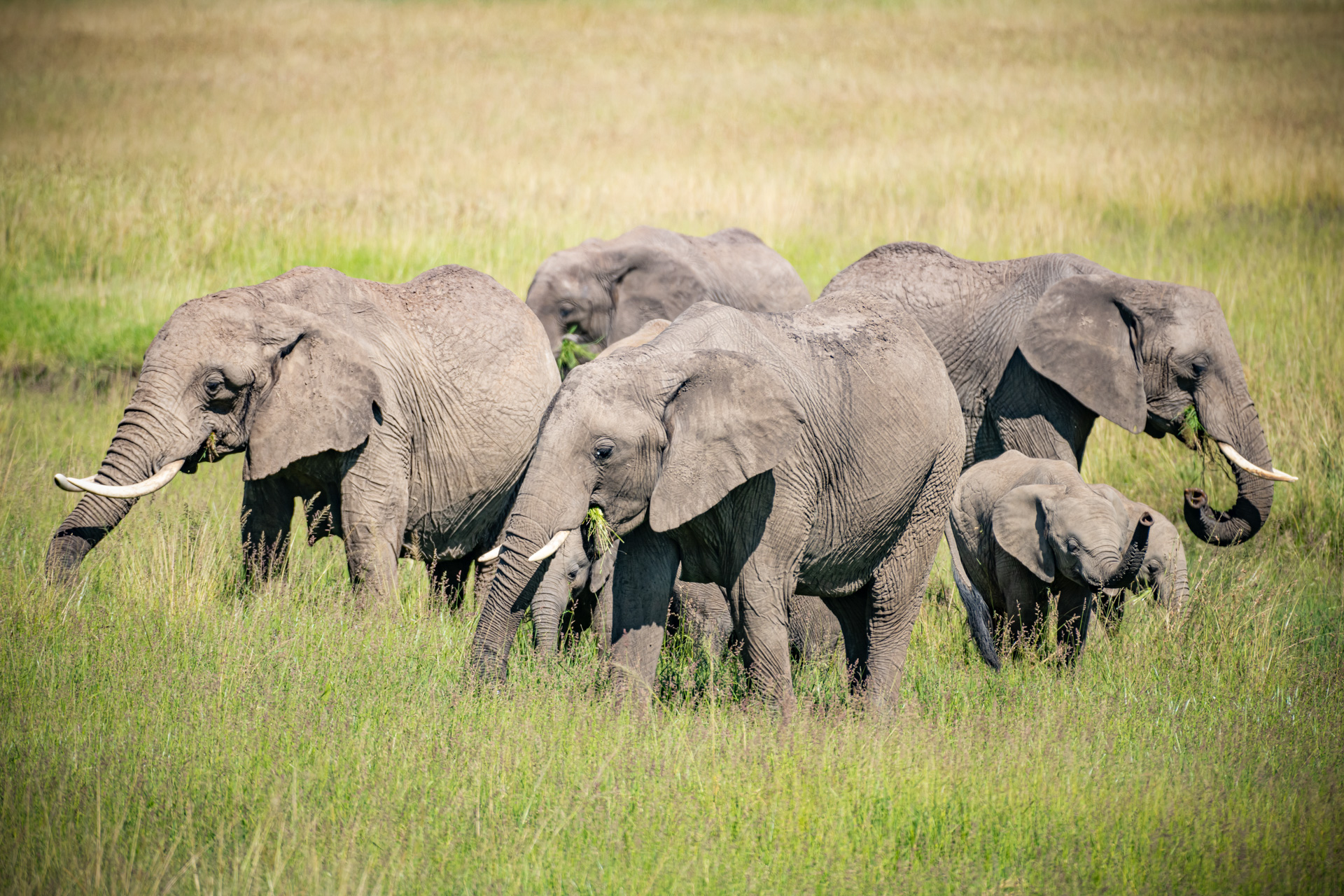
We also ran into the Inselberg Males in their territory with Ruka lying next to a lioness and Nusu in a bush nearby. They had clearly been through some conflict, either with other lions or perhaps prey fighting back, as Ruka had a fresh crack in his tooth and looking a little worse for wear.


It's not always easy to spot animals as they blend into their natural habitat, whether in trees or in bushes low to the ground. Below we see a Schalow's turaco clothed in leaves, with only the red around its eyes popping out. Shujaa is also perfectly camouflaged and regal-looking cloaked by the bushes.
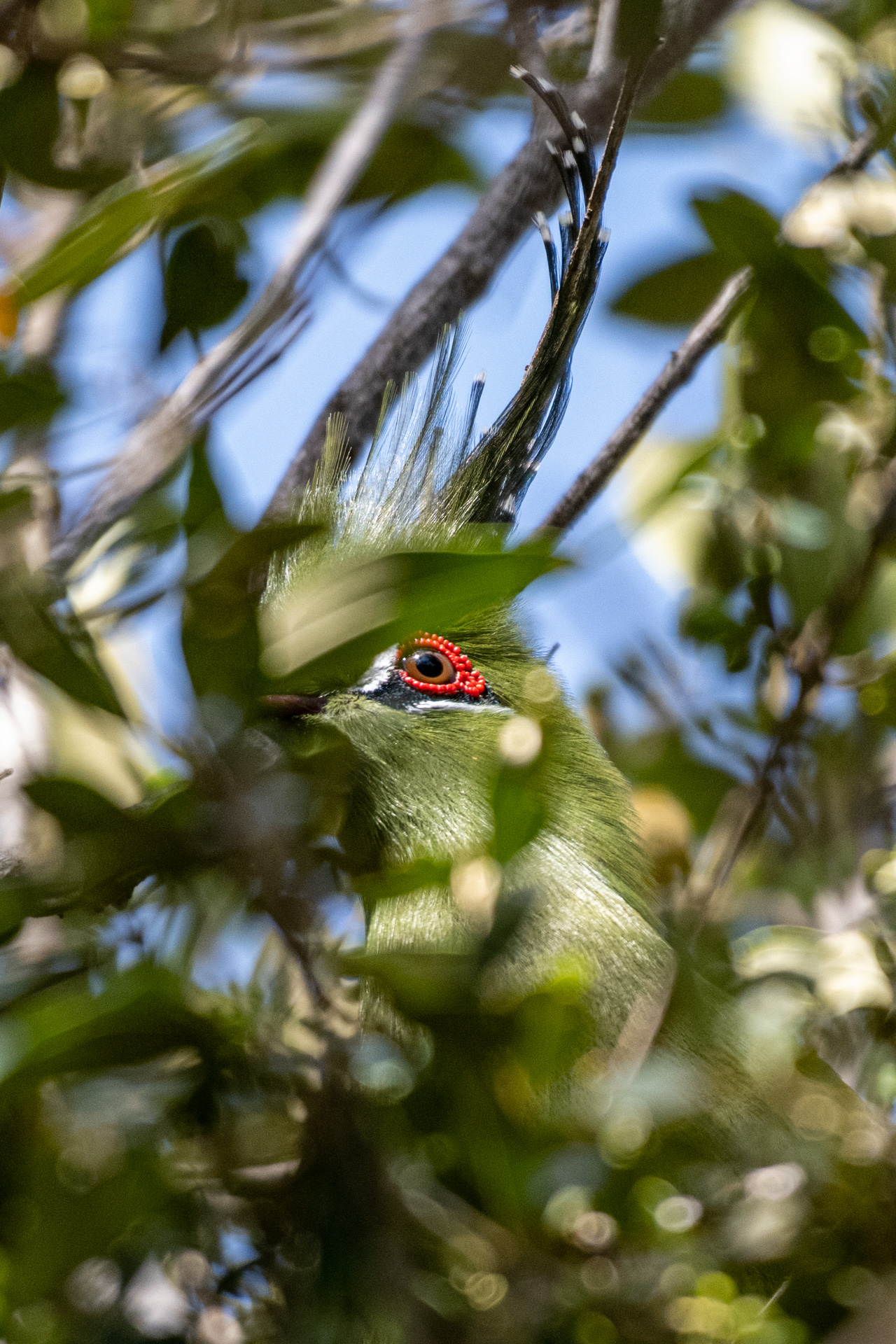

Baboons thrive in and around the environment along the escarpment, as several troops roam the trees and ground in search of food. These extremely social omnivores are fascinating creatures to watch as they display their intelligence in their daily activities. This male carefully turned rocks over looking for insects and worms to eat.

One of my favourite things to experience in the wild is the dramatic transition from night to day. In a place like the Mara, the stars shine bright and as a new day approaches, they slowly disappear one by one. Towards the east, a slight orange glow begins to intensify as the horizon looks as if it were on fire. I gathered a different perspective as I floated above the plains in a hot-air balloon while the sun slowly illuminated the land.


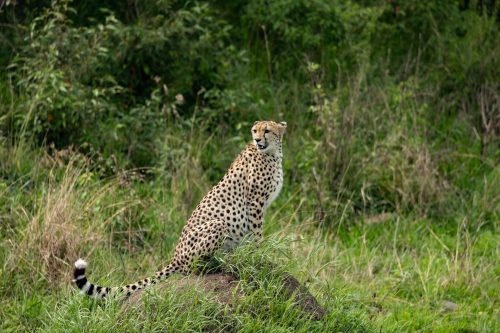
A year ago, a heavily pregnant Risasi looked for a morsel to eat and at this point, she was eating for five. It's impossible to have imagined the road she would have to walk to end up where she is today.
Filed under: This Week at Angama
Subscribe for Weekly Stories
Comments (0):

Angama Image Gallery